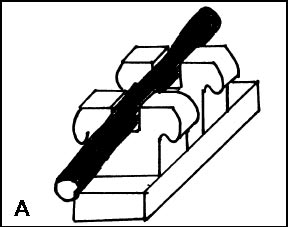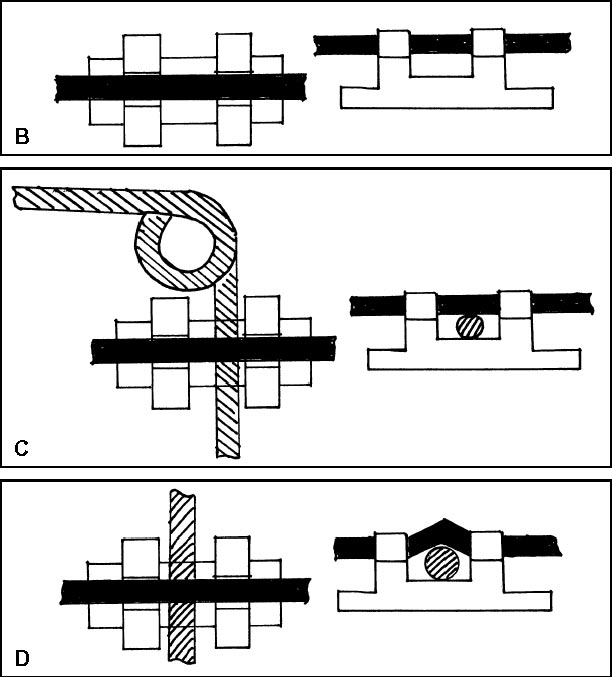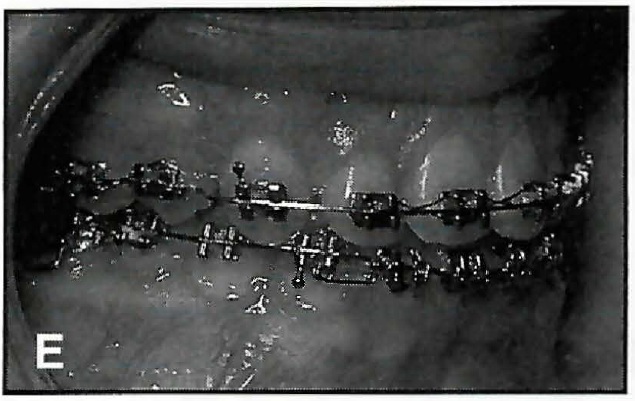PEARLS
Addition of Uprighting and Rotating Springs to Standard Edgewise or Preadjusted Brackets
Adding vertical slots to standard edgewise or preadjusted brackets for the incorporation of uprighting or rotating springs is both inefficient and mechanically inappropriate. The time and cost involved in the removal and replacement of brackets are obvious. The mechanical effect of the change is less apparent.
A vertical slot requires space to be added lingual to the normal horizontal edgewise slot. Because of this additional space, the bracket is thicker labiolingually, increasing the distance from the base of the edgewise slot to the face of the tooth. Such an increase in thickness will cause the tooth to be displaced to the lingual relative to the other brackets without vertical slots, requiring compensatory 1st-order bends in the archwires.
Here is a solution to the problem. Most standard edgewise or preadjusted brackets have a twin configuration, with the base archwire contacting the bracket slot only at the tie wings (Fig. A). Hence, there is space between the central portion of the bracket slot and the archwire (Fig. B)--usually enough to hold an auxiliary uprighting or rotating spring (Fig. C).
Similar articles from the archive:
If the space proves to be inadequate, three 1st-order bends or a "V" bend can be placed in the base archwire to move it buccally, away from the base of the slot between the tie wings (Fig. D).
The spring is constructed as usual, following the design of Begg, with a single vertical arm,1 or of Broussard, with a double vertical arm2 (Fig. E).



REFERENCES
- 1. Begg, P.R. and Kesling, P.C.: Begg Orthodontic Theory and Technique, 3rd ed., W.B. Saunders, Philadelphia, 1977.
- 2. Broussard, G.J.; Broussard, C.J.; Buck, H.R.; and Shia, G.J.: Clinical applications of the Broussard auxiliary edgewise bracket, Am. J. Orthod. 50:881-899, 1964.


